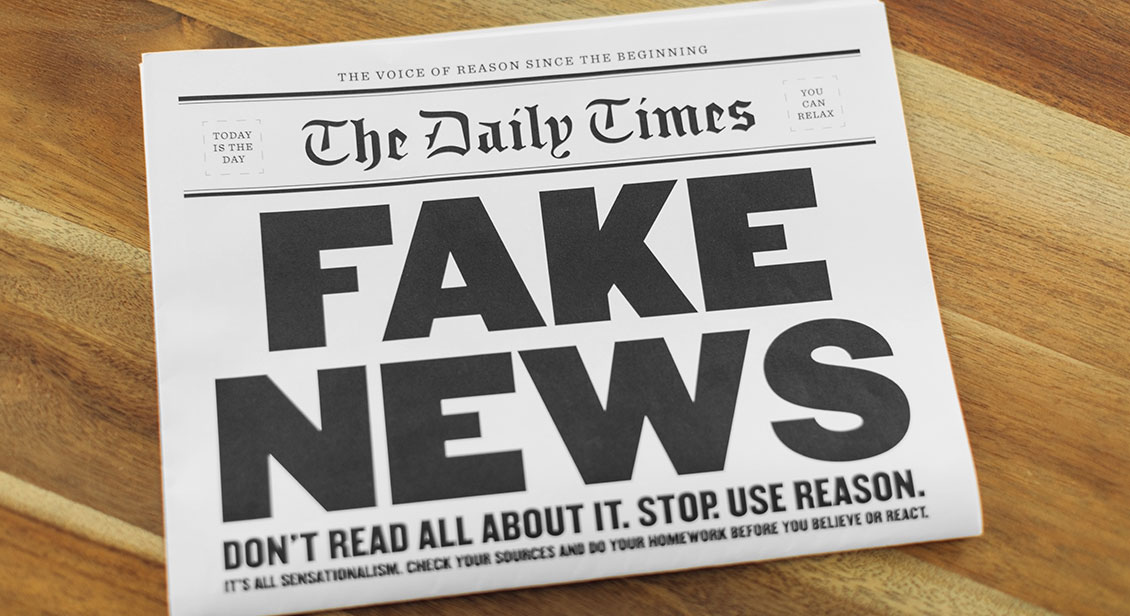In today’s digital age, the internet is saturated with news stories from countless sources. Many of these stories go viral, spreading quickly through social media and news websites. Unfortunately, not all viral stories are true; some are fabricated or exaggerated, designed to deceive readers and exploit emotions. This phenomenon, often referred to as “fake news,” can be harmful to society, sowing confusion, distrust, and even influencing public opinion or behavior. To protect yourself from falling for fake viral news, it is essential to learn how to identify unreliable stories and adopt critical thinking skills when consuming online content. Here’s how you can spot fake viral news stories and avoid falling victim to them.
1. Check the Source
One of the first things to do when encountering a news story is to assess the credibility of its source. Reputable news organizations typically have a history of factual reporting and are well-known in the media landscape. Conversely, fake news often comes from lesser-known websites that may mimic legitimate ones. These sites might have suspicious or odd-sounding domain names, such as “newsnow365.com” or “realtruthreport.net.” If the website is unfamiliar, it’s important to do some research into its background. Established news outlets usually have strict editorial standards, and their stories are backed by reliable sources. A quick Google search can help you determine whether a source has a reputation for integrity or has been previously flagged for spreading misinformation.
2. Investigate the Author

Just as with checking the source, it’s important to look at who wrote the article. Legitimate news organizations usually list the author’s name along with their credentials, allowing readers to check their expertise and experience. Fake news stories often lack bylines or are written by authors whose names do not appear anywhere else in the journalism world. Some fake news websites even create fictional identities for their writers. Search for other articles by the same author or check their presence on professional platforms like LinkedIn to verify their legitimacy. If the article has no author or an unverifiable one, it’s a red flag.
3. Examine the Headlines
Fake viral news stories often have sensational, exaggerated, or fear-mongering headlines designed to grab attention and encourage sharing without further scrutiny. Headlines like “Shocking! You Won’t Believe What Happened!” or “The Government Doesn’t Want You to Know This Secret!” aim to spark emotional reactions rather than present factual information. Sensational headlines may also use all caps or excessive punctuation (e.g., “BREAKING NEWS!!!”). Always be skeptical of over-the-top headlines and read beyond them before accepting the content as truth. In many cases, the actual content may not support the dramatic claims made in the headline, a tactic known as “clickbait.”
4. Look for Supporting Evidence
Credible news stories are usually based on verified facts, quotes, and statistics from reliable sources. When reading a news article, ask yourself whether the claims made in the story are supported by evidence. Are there references to primary sources, such as official reports, interviews, or data from reputable organizations? If an article doesn’t provide sources or relies on vague references like “experts say” or “sources confirm,” it’s worth questioning the accuracy of the information. A trustworthy news story will often link to its sources, allowing readers to verify the facts for themselves. On the other hand, fake news tends to be filled with unverified claims and unsubstantiated rumors.
5. Check for Bias and Emotional Appeal

Fake news stories often play on emotions to provoke strong reactions, such as anger, fear, or outrage. If a story makes you feel an intense emotional response, take a moment to analyze whether it’s attempting to manipulate your emotions. Stories that appeal more to emotion than reason are often designed to be shared quickly, without giving readers the chance to critically evaluate the content. In addition to emotional appeals, pay attention to bias in the story. Does the article seem one-sided or overly opinionated? Is it dismissive of opposing viewpoints or written in a way that ridicules or attacks certain groups or individuals? While bias can exist in any type of media, fake news often exaggerates or distorts information to push a specific agenda.
6. Check the Publication Date
Sometimes, stories that seem to go viral are actually old news that has been recirculated. A story from several years ago may still be accurate, but it could also be outdated or irrelevant to current events. Make sure to check the publication date of any article before you share or react to it. If the story is from the distant past, consider whether it’s still relevant in the present context. Many fake news stories resurface periodically, exploiting the fact that readers may not notice the date and assume it’s current.
7. Verify with Multiple Sources
One of the best ways to ensure that a viral story is accurate is to cross-check the information with other reputable news sources. If a major event or claim is true, it’s likely that multiple news outlets will be covering it. If only one obscure source is reporting the story, it’s worth being skeptical. Try to find the same story on trusted websites, such as established newspapers, TV networks, or fact-checking organizations. If no other credible source is reporting on it, the story may be false. Remember that even trustworthy sources occasionally make mistakes, so confirming facts across multiple outlets is always a good practice.
8. Be Wary of Photos and Videos

Images and videos can be powerful tools for spreading fake news because they appear to provide visual evidence for the claims being made. However, digital media can be easily manipulated or taken out of context. A photo accompanying a news story might be from a completely different event, or a video may have been edited to mislead viewers. Use reverse image search tools, such as Google Images, to check if a photo has appeared elsewhere online and under what context. Similarly, be cautious of videos that lack context or come from unverified sources. In some cases, video footage may be edited in ways that distort the truth, so it’s important to question the authenticity of visual content just as you would text-based content.
Conclusion
In an age where information travels rapidly and misinformation is rampant, being able to spot fake viral news stories is an essential skill. By taking the time to check the source, verify evidence, evaluate bias, and cross-reference information, you can protect yourself from falling victim to fake news. Always approach online content critically and be aware of the potential for deception. When in doubt, take a step back, do your research, and share only what you know to be accurate. Through mindful media consumption, we can all contribute to a more informed and discerning society.










Leave a Reply